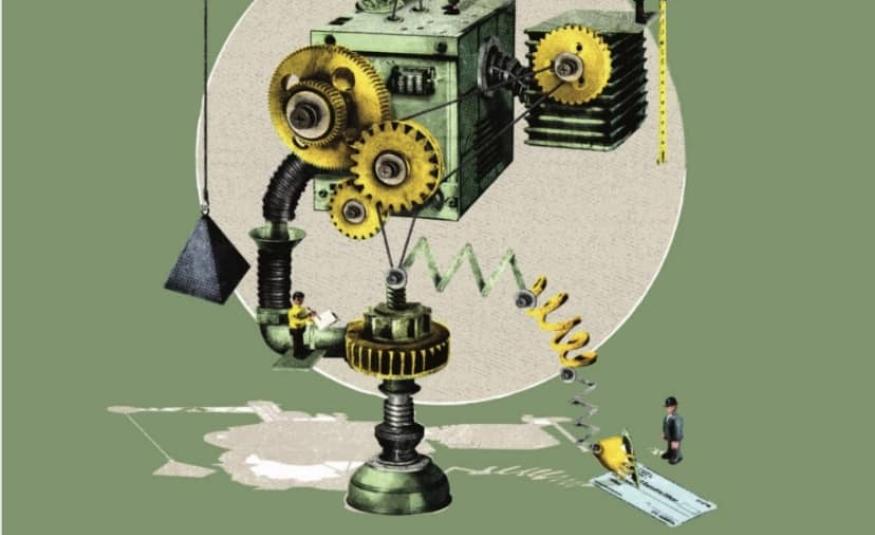KUALA LUMPUR 21 April — The best innovations not only make use of new technologies to enhance how a service is delivered, but also rethink what service is being delivered. Getting government innovation right is not just an academic question; it is the difference between improving citizens’ lives and ending up a curiosity for a museum display.
Ways of delivering services that were once discounted as impossible may suddenly be possible as new technologies take centre stage.
For instance, previous innovations around identity mostly focused on improving the existing identification cards – from a piece of laminated paper to a micro-chipped card, with anti-fraud feature. New technologies are also opening the possibility for entirely new forms of identification such as facial recognition at airports.
“Coinciding with the digital wave, governments worldwide are increasingly focused on customer experience as they seek to improve customer satisfaction, efficiency, and mission-effectiveness,” said Kamarul Baharin Tengku Zainal Abidin, Government & Public Services Leader of Deloitte Malaysia in a statement.
“New technology combined with old ways of doing business don’t always produce good results. To truly take advantage of today’s new technologies, government should incorporate new thinking about how it delivers services to citizens,” he added.
While governments are more likely to try and graft new technologies onto old methods, improving only the process that delivers services can lead them to deliver the wrong service.

Therefore, we don’t just need new technology in the government, we also need technology to enable new ideas on how services can be delivered to the citizens.
Here are a few key considerations in finding new models of service delivery to better serve citizen needs:
- Overcome mental challenges
The biggest challenge in finding new ways of doing business are the preconceived notions about how work needs to be done. Once a service delivery model is selected to meet a particular need, it can lead to a sort of mental “lock-in” where leaders assume that the need can only be met by that service in that particular form.
The challenge is that mental challenges (such as functional fixedness) can limit us to seeing familiar tools/services as the only way to do a particular job. If leaders want to take advantage of new technologies to meet citizens’ needs in new ways, they need to be able to see new ways of delivering services to citizens. Templates laying out goals and all the resources available can be valuable tools in helping government to view familiar problems from new angles and find a vision for service delivery unconstrained by “the way it’s always been done.”
- Overcome technical challenges – Treat technologies together, not as disconnected tools
Technologies have never existed in isolation. Leaders should not think about purchasing just AI or only migrating to cloud, they must also think about how those technologies interact and what opportunities—and what cyber vulnerabilities—they create for each other. Take for example VR, it may be dismissed just as a gadget benefitting gamers. But combine that same VR with a cloud-based digital twin of the city, and now you have an interactive tool for city planning or disaster response.
“We are encouraged by Malaysia’s significant commitments and investments to adopt technological change. Malaysia is definitely on the right path towards technological and digital transformation from Smart Cities to the National Digital Network (JENDELA) initiative.
"Together with a healthy budget of RM1 bil for digital transformation and RM7.4 bil for Malaysian Communications and Multimedia Commission (MCMC) to increase broadband, this will definitely help spur and promote a digitally-driven economy,” shared Kamarul.
- Overcome regulatory challenges
A government is not a private company; it must manage risk not just for employees and customers, but for all citizens. Unlike a private entity, government programs are often created by statute. They have to take into account legal constraints on what and how services can be delivered to the citizens.
"While most government agencies still have a wide latitude in how to best serve citizens, in the event that regulation constrains new developments, leaders should advocate for relief that can enable innovation while still protecting citizens.
"Governments are always innovating. The current landscape offers exciting new possibilities. To ensure we make the most of these possibilities, we need to consider thinking differently and be open to entirely new models of government service delivery. Success in doing so could be the first step toward a truly digital government," said Deloitte. - DagangNews.com










